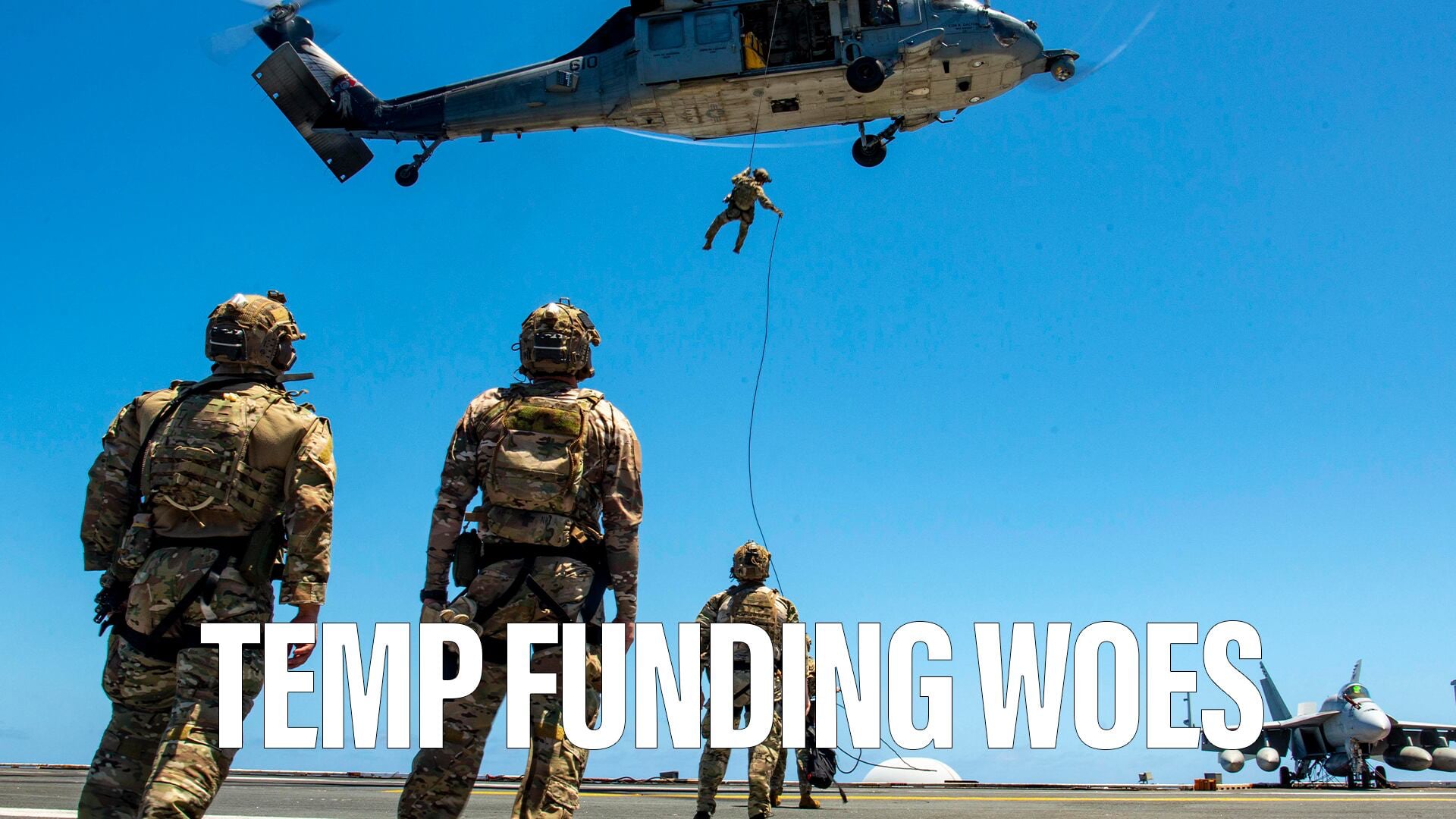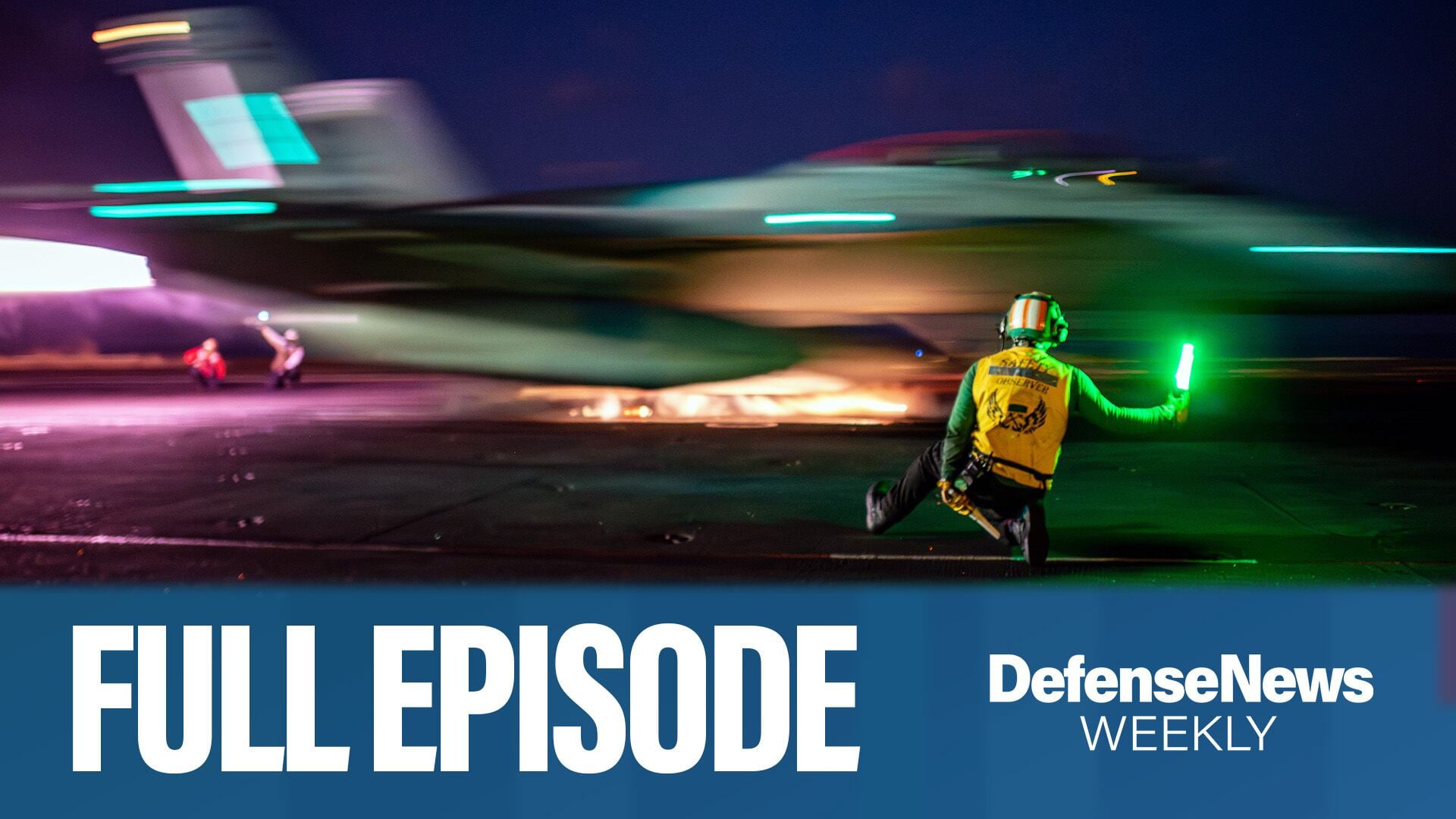TAIPEI — Radical changes in Taiwan's air defense order of battle that include the retirement of all the F-CK-1 Indigenous Defense Fighters (IDF) and Mirage 2000-5 fighter aircraft with cost savings moved to the procurement of a substantial number of mobile surface-to-air missile (SAM) systems are among the recommendations in a think tank report.
The report, "Air Defense Options for Taiwan: An Assessment of Relative Costs and Operational Benefits," suggests that Taiwan downsize its fighter fleet and increase investment in SAM systems. The Rand Corp. study tests this strategy against three vignettes that span the range of conflict, from air sovereignty to disarming strikes and invasion air defense.
Rand crunches the numbers in the 172-page report with lossesperday = engagementsperday x killsperengagement and other reckonings that make this paper hard to ignore against political hype inside Taipei and the sexy fighter aircraft tradition in the Taiwan air force that goes back to the Flying Tigers of World War II.
Taiwan defense spending appears to have hit a plateau with economic and political conditions working against the military's desire to have both a strong fighter aircraft fleet and a SAM capability.
"We estimate that Taiwan will spend about US$22 billion in the next 20 years on the fighter aircraft currently in its fleet with no changes, and another US$3.3 billion to retrofit the F-16 fleet. That is fairly substantial for a military that has averaged about US$10.5 billion in total annual spending in recent years," the report says. It was written by Michael J. Lostumbo, David R. Frelinger, James Williams and Barry Wilson.
China's procurement and development of fighter aircraft, surface-to-surface ballistic missiles, land-attack cruise missiles and bomber aircraft advancements are not slowing, and could pulverize Taiwan's air bases within hours of a war, the report says. None of Taiwan's fighter aircraft would survive or be deployable on runways turned into a lunar landscape.
The report points to the current J-11B upgrade (J-16), armed with improved PL-15 air-to-air missiles and active electronically scanned array radar, as the one fighter aircraft that will turn the tide against Taiwan, but there are other weapons, mentioned in passing in the report, but none-the-less significant. These include the procurement of Russian Su-35 fighter aircraft, Russian S-400 surface-to-air missile system (400 kilometer range, allowing for coverage for the first time of all of Taiwan island), indigenous development of stealthy fighters that include the J-20 and J-31, and unmanned combat aerial vehicles.
"It is plausible that only fifth-generation fighters, such as the F-22 and JSF [F-35], will be able to counter a numerically superior fourth-generation 'plus' fighter, such as J-16, if operated by a determined and competent pilot," the report says.
Taiwan has a long-standing request for new F-16C/D Block 50/52 fighters and has not been shy from requesting the F-35B short take-off and vertical landing (STOVL) aircraft. Instead, the US government denied the release of the 50/52 and, instead, allowed the release of a midlife upgrade (MLU) program for Taiwan's older F-16A/B Block 20 fighters.
Rand recommends that Taiwan retain only a small number of F-16 MLUs and use the savings to create "Air Defense Platoons" patterned after the US Indirect Fire Protection Capability-2 (IFPC-2) platoon under development. It consists of a set of four multimissile launcher trucks, each with 15 launch tubes, command elements, improved Sentinel radar, and a command and control backbone called the Integrated Air and Missile Defense Battle Command System that is shared with the Patriot systems. The configuration will use surface-to-air variants of the AIM-9X missiles and AIM-120 AMRAAM active radar-guided missiles.
The Rand report suggests an aggressive increase in the numbers of mobile Patriot Advanced Capability-3 (PAC-3) and Tien Kung (Sky Bow)-2/3 SAMs. Silo-based and immobile radar facilities, such as the TK-2 base in Tamshui and on Dongyin Island, would be destroyed within the first wave of Chinese missiles and attack aircraft during a war.
Rand postulated four alternative future force structure options that include a mix of current fighter aircraft and new aircraft, as well as different SAM mixes.
The four options are:
- Baseline, which includes Taiwan’s entire current fleet of 328 fighter aircraft, made up of F-16 MLUs, IDFs and Mirage 2000-5s.
- Mixed Force, which keeps the F-16 MLUs but retires both the Mirages and IDFs and uses the savings to invest in four additional Patriot batteries and 21 Air Defense Platoons.
- Joint Strike Fighter (F-35) – Only Force, which retires the entire current fighter fleet but invests in 57 new F-35B STOVL fighters.
- SAM-Dominant Force, which retires the entire fighter fleet, retaining only 50 F-16 MLUs, while making major investments in the SAM force, to include 13 new Patriot batteries and 40 Air Defense Platoons.
The Rand report explores how these options work within three air defense vignettes.
In the Air Sovereignty vignette, Taiwan faces a Chinese naval blockade, and its fighter aircraft to provide air sovereignty over Taiwan and secure a designated sea line of communication. "This coercive use of force leads to limited air-to-air combat that is constrained both in the rate of encounters and in the objectives, with both sides seeking to limit damage," the report says.
Disarming Strikes is also a coercive scenario but involves "much more-violent attacks on Taiwan itself, designed to eliminate major elements of Taiwan's defenses." Taiwan seeks to exact a price from Chinese fighters while maintaining a large percentage of its air defense capabilities in case the conflict expands.
Invasion Air Defense involves the air defense aspects of an invasion scenario. "Taiwan employs its SAMs as we recommend, to enable important defensive operations of other elements of Taiwan's military, thus creating windows of opportunity for operations by protecting SAMs from many of the potential air and missile threats they might otherwise face," the report says.
The Chinese missile threat to Taiwan will clearly overpower its fighter aircraft fleet, unless the F-35B STOVL option is feasible. The report does not dwell on political problems with Taiwan's original request for 66 F-16C/D Block 50/52 fighters, which was denied by Washington. Nor the technical setbacks the F-35B has experienced, which leave the question of when the STOVL option would be available to US allies, let alone to Taiwan.
Analysis
The F-35B is an unlikely option for Taiwan due to political and technical obstacles. And even though Taiwan faces a sophisticated and vast ballistic and cruise missile threat, political forces in Taipei and issues regarding pride and morale within the air force make the reduction or elimination of Taiwan's fighter aircraft fleet unlikely.
The defense budget will also be drained by other procurement demands not discussed in the report, including a decision to build eight submarines under the Indigenous Defense Submarine program.
Taiwan only has four years before the next presidential election and China could secure the South China Sea and begin focusing its attention to securing the island of Taiwan by dominating its air space, blockading oil shipments through the South China Sea, or a full-scale invasion. An invasion is more likely if the independence-minded Democratic Progressive Party wins the next presidential election in 2020 and the Beijing-friendly Kuomintang Party (KMT) appears obsolete in a rapidly changing Taiwan demographic.
China's advancing military modernization is improving its ability to project force far beyond Taiwan's borders, particularly with the investment in anti-ship ballistic missiles (DF-21D or "aircraft carrier killer"), DF-26 "Guam Killer" intermediate-range ballistic missile, procurement of the Russian 400-kilometer S-400 surface-to-air missile system, YJ-91 anti-radar missile, and anti-satellite weapons capable of knocking out US military satellites.
These include impressive Chinese spy operations that have encumbered Taiwan's Po Sheng C4ISR and Anyu-4 air defense upgrade programs, which included the arrests and convictions of US Pentagon employees, even while Taipei failed to follow-up on convictions of Taiwan accomplices.
Taiwan's air force prides itself on its fighter fleet, even though the US remains reluctant to provide new fighter aircraft, it has excelled in its fighter training program at the US Air Force's Luke Air Force Base in Arizona. Taiwan is also engaged in an expensive MLU for its IDF aircraft and would be reluctant to mothball its Mirage and IDFs, even if the existential threat from China logically proves it wise to do so.







